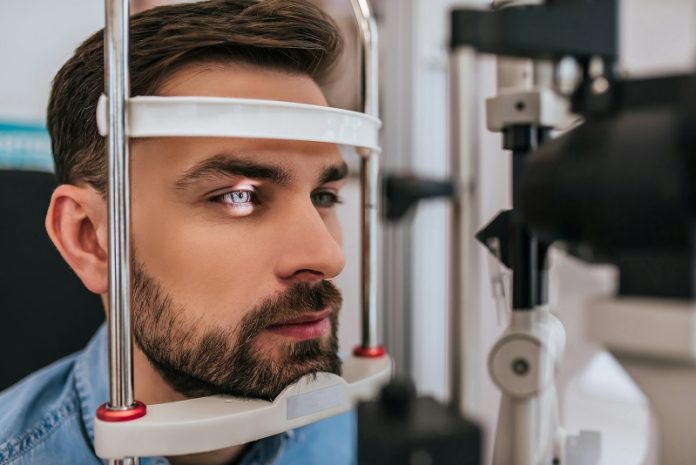
A new study from Yale University reveals that COVID-19 might play a role in triggering brain changes similar to those seen in Alzheimer’s disease—and these changes can be detected in the retina.
The research also offers a possible explanation for “brain fog,” a common lingering symptom experienced by people after recovering from COVID-19.
Published in Science Advances, the study focused on the virus’s ability to cause a buildup of amyloid beta peptides.
These are small protein fragments that clump together in the brains of people with Alzheimer’s disease, forming plaques that damage brain cells and affect memory and thinking.
Scientists have long suspected that amyloid beta may serve as part of the brain’s defense system against infections. But too much of it can become harmful.
Led by Dr. Brian Hafler, associate professor of ophthalmology at Yale School of Medicine, the team wanted to explore whether SARS-CoV-2—the virus responsible for COVID-19—could lead to a similar harmful buildup of amyloid beta, potentially explaining the brain fog and cognitive issues some people report after infection.
Instead of looking directly at the brain, the researchers used human retinal tissue—part of the eye that contains nerve cells similar to those in the brain.
They created miniature, lab-grown versions of the retina using stem cells, known as retinal organoids, which mimicked the conditions of Alzheimer’s disease.
These models carried genetic mutations that cause increased amyloid beta production.
Using these retinal tissues, the researchers confirmed that amyloid beta buildup also occurs in the retina. This discovery is important because it suggests that the eye could be a noninvasive way to study what’s happening in the brain.
They also found that SARS-CoV-2 could enter retinal cells by using two proteins, NRP1 and ACE2, which the virus uses to infect human cells.
After exposing the retinal organoids to the virus’s spike protein—the part that helps it invade cells—they observed a clear increase in amyloid beta buildup.
Retinal tissue taken from COVID-19 patients without dementia also showed similar levels of amyloid beta as seen in people with Alzheimer’s.
However, there was a silver lining. When the researchers treated the tissues with an NRP1 inhibitor, the amyloid beta buildup caused by the spike protein was reversed. NRP1 is already being studied in cancer research, and this new finding suggests it could become a target for preventing or treating neurological problems caused by viruses like COVID-19.
Dr. Hafler believes this study strengthens the theory that amyloid beta might act like a natural antibiotic in the brain, protecting it from viruses—but at a cost. Over time, this response may cause more harm than good, especially with repeated or long-term infections.
Now, his team is studying whether people who’ve had COVID-19 face a higher long-term risk of Alzheimer’s and whether early treatment might help prevent it.
The ultimate goal, Hafler says, is to stop long-term brain damage from viral infections before it starts—possibly by blocking NRP1 or similar pathways.



